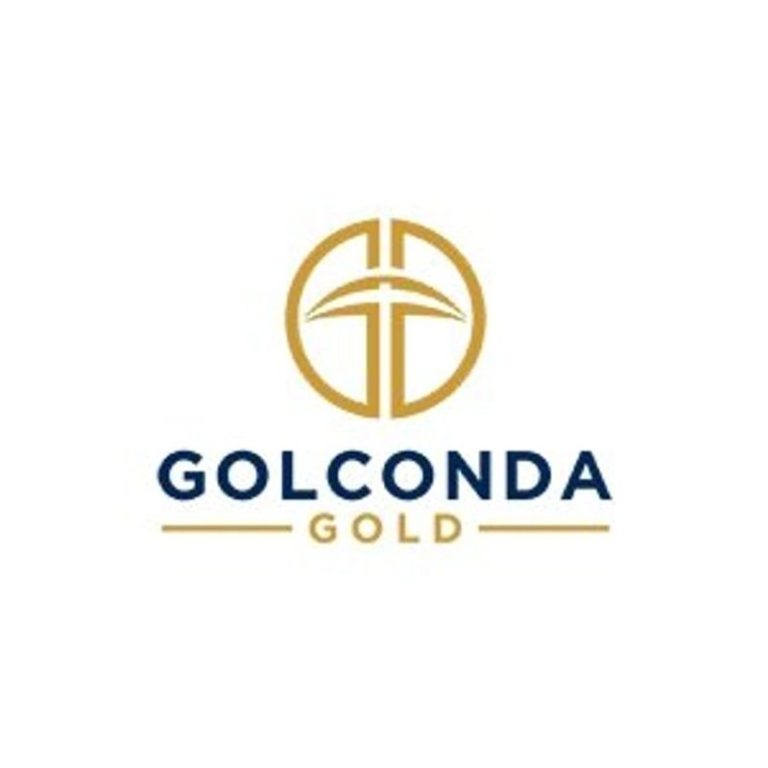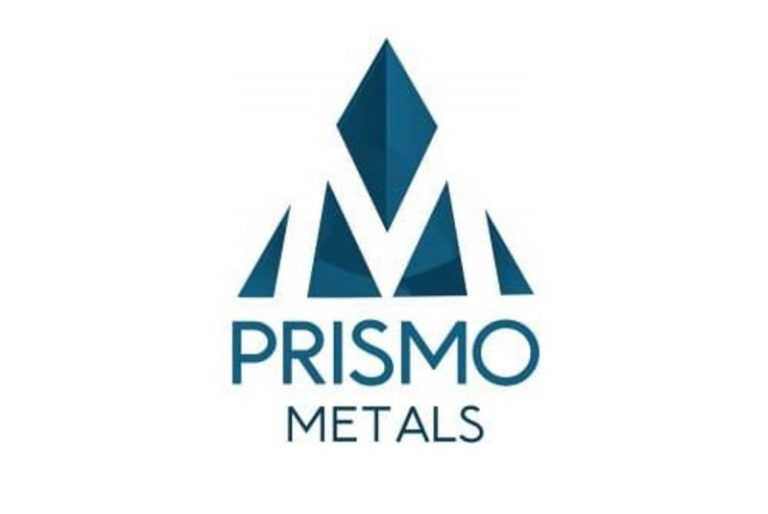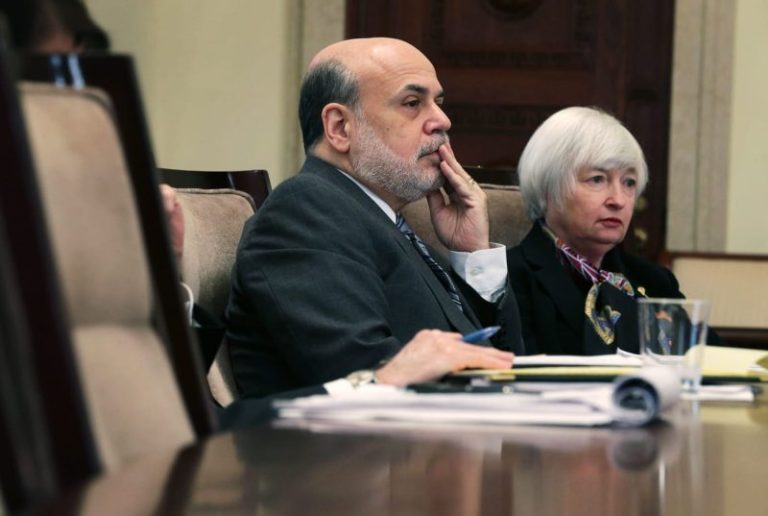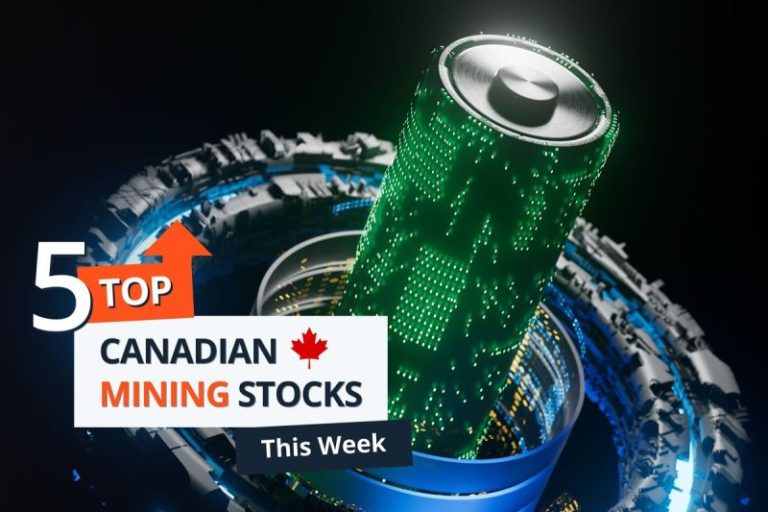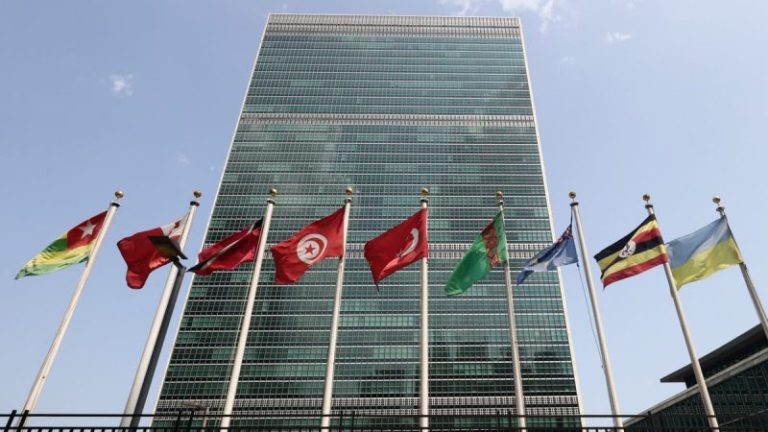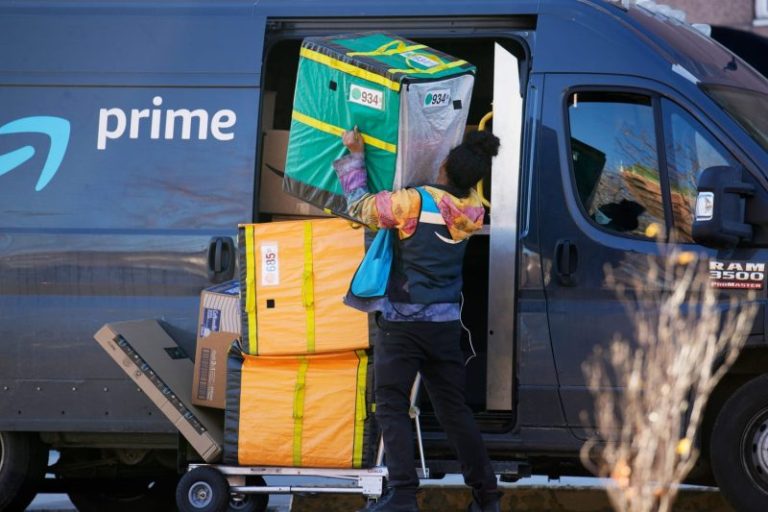Investor Insight
With a growth-oriented strategy, Golconda Gold is positioning itself as one of the highest-torque junior gold producers in the sector with assets in prolific gold districts in South Africa and the US. For investors bullish on gold, Golconda is a unique opportunity: a profitable producer with meaningful growth ahead, exposure to both gold and silver, and the discipline to deliver shareholder value in a capital-efficient way.
Overview
Golconda Gold (TSXV:GG;OTCQB:GGGOF) is an unhedged gold producer and explorer with operations in South Africa and the United States. The company is focused on optimizing its current mining and processing operations, reducing costs, and growing organically while pursuing accretive acquisition opportunities.
Its growth story is underpinned by two cornerstone assets: Galaxy Gold, the company’s cash-flowing, long-life South African operation; and Summit, a high-grade silver-gold project in New Mexico poised for a restart. Galaxy provides a steadily growing, self-funded production base, while Summit is positioned as the next major catalyst for Golconda, broadening investor exposure to silver and US operations. These assets enable Golconda to deliver meaningful production growth without dilution, providing investors direct leverage to gold prices at a time when juniors remain undervalued relative to commodity prices.
With strong insider ownership and a disciplined approach to capital, Golconda offers investors a unique combination of operating stability, near-term growth and upside exploration potential.
Company Highlights
- Significant Production Growth: On track to triple production over three years at Galaxy while bringing Summit online in Q2 2026.
- Summit Restart and Spin-out: Fully permitted past-producing mine in New Mexico, expected to restart in Q2 2026 and spin out as a standalone US-focused gold-silver producer in Q4 2026.
- No Dilution Strategy: Growth funded through operating cash flow rather than equity raises, ensuring torque to gold without shareholder dilution.
- Insider Alignment: Management and insiders control more than 40 percent of shares, aligning leadership directly with shareholder interests.
- Jurisdictional Strengths: Operations in South Africa’s Barberton Greenstone Belt (long history of gold mining, strong infrastructure) and in the US southwest.
- Exploration Upside: Both Galaxy and Summit hold substantial untested upside with additional ore bodies and underexplored zones.
Key Projects
Galaxy Gold Mine
Galaxy is Golconda’s cornerstone asset and currently the company’s sole producing mine. Situated in the Barberton Greenstone Belt, one of South Africa’s most prolific gold districts with nearly 150 years of mining history, the mine benefits from established infrastructure, sealed-road access and proximity to skilled mining services. The property hosts a large resource base of 941,000 oz of gold in the measured and indicated categories grading 2.79 grams per ton (g/t), plus 1.37 million oz (Moz) inferred at 2.62 g/t.
Snapshot of Galaxy Gold Mine Operations
The operation is an underground, trackless mechanized mine, currently producing at a run rate of ~12,000 oz/year, with a multi-stage ramp-up plan to 25,000 oz/year by 2027 and up to 45,000 oz/year by 2028. Ore is processed through a 50,000 tonnes per month (tpm) crush-mill-float plant, which was refurbished with a new mill, concentrate tanks, and a filter press. The plant is already capable of handling the full ramp-up capacity, allowing it to expand with minimal capital outlay.
Galaxy produces a refractory gold concentrate sold directly to Ocean Partners, eliminating the need for BIOX or other complex high-capex processing routes. This low-risk sales model enables Galaxy to operate profitably and reinvest cash flow into mine development. The mine plan leverages both the Princeton and Galaxy ore bodies, with development into additional levels and ore bodies among the 21 known mineralized zones on the property. Over its history, Galaxy (formerly, the Agnes mine) has produced more than 1.3 Moz of gold, with current exploration drilling continuing to identify significant upside at depth and along strike.
Economically, Galaxy is highly accretive: at $3,000/oz gold, the operation generates an after-tax NPV5 percent of US$201 million, with life-of-mine free cash flow exceeding US$270 million on conservative assumptions. The operation has a projected all-in sustaining cost (AISC) of ~US$1,000/oz once ramp-up is complete, positioning it competitively within the global cost curve.
Summit Gold-Silver Mine and Banner Mill
The Summit mine, located in the Steeple Rock Mining District of southwestern New Mexico, is a high-grade past-producing underground operation. The New Mexico portfolio also includes the Banner mill, a 240 tpd flotation facility located 57 miles from Summit via paved highways and sealed roads. Golconda acquired the project from Waterton in 2021, along with a streamlined land package totaling ~4,000 acres of patented and unpatented claims.
Summit Mine and Banner Mills snapshot
Summit hosts a defined resource of 1.4 Moz silver and 26,000 oz gold in measured and indicated categories, plus 5.1 Moz silver and 74,000 oz gold inferred. The mine is fully permitted and is expected to restart in Q2 2026, with first concentrate production within 9 to 12 months. The restart strategy is fully funded internally from Galaxy cash flows, ensuring no dilution to shareholders.
The planned annual production profile targets ~10,000 oz gold and 444,000 oz silver at steady state, with an average AISC of US$1,600/oz gold equivalent. At $3,000/oz gold and $35/oz silver, Summit delivers an after-tax NPV5 percent of US$105 million, with cumulative free cash flow of ~US$135 million over its mine life. The project is structured to be spun out into a standalone US-only gold-silver producer by Q4 2026, broadening investor appeal and potentially unlocking a higher valuation multiple.
The Banner Mill 240-tpd flotation facility 57 miles from the Summit mine
Exploration upside at Summit is significant. The Billali Zone, northwest of the main deposit, has returned historical intercepts including 681 g/t silver and 9.38 g/t gold over 4.4 m and hosts a 1992 historical resource of 288,000 tonnes grading 121 g/t silver and 3.67 g/t gold. The nearby Mohawk Area features a 2,000 ft IP anomaly with drill intercepts including 1.5 m at 437.5 g/t silver and 9.34 g/t gold at depth. Both zones remain open and underexplored, providing clear potential to extend mine life and scale production.
Summit’s restart and planned spin-out will give Golconda a second producing asset in a Tier 1 jurisdiction, diversify its commodity mix with silver exposure, and broaden its investor base, while maintaining the company’s no-dilution philosophy.
Management Team
Ravi Sood – Chairman and CEO
Ravi Sood has more than 25 years of experience in capital markets and operations. He is the founder and former CEO of Navina Asset Management, and director of Elemental Altus Royalties and Sparq Systems. He founded and/or co-founded multiple companies in mining, energy and renewables.
Andrew Bishop – Chief Financial Officer
A chartered accountant with more than 22 years of financial and mining experience in Africa and North America, Andrew Bishop brings strong financial discipline and operational insight to Golconda. He was previously with Aureus Mining, Avesoro Resources and Golden Star.
Wayne Hatton Jones – Chief Operating Officer
Wayne Hatton Jones is a mining professional with 38 years of experience in Africa, Asia and Europe. He previously worked at Goldridge, Avocet, Randgold and Harmony. His expertise includes mine development, metallurgy and operations.

